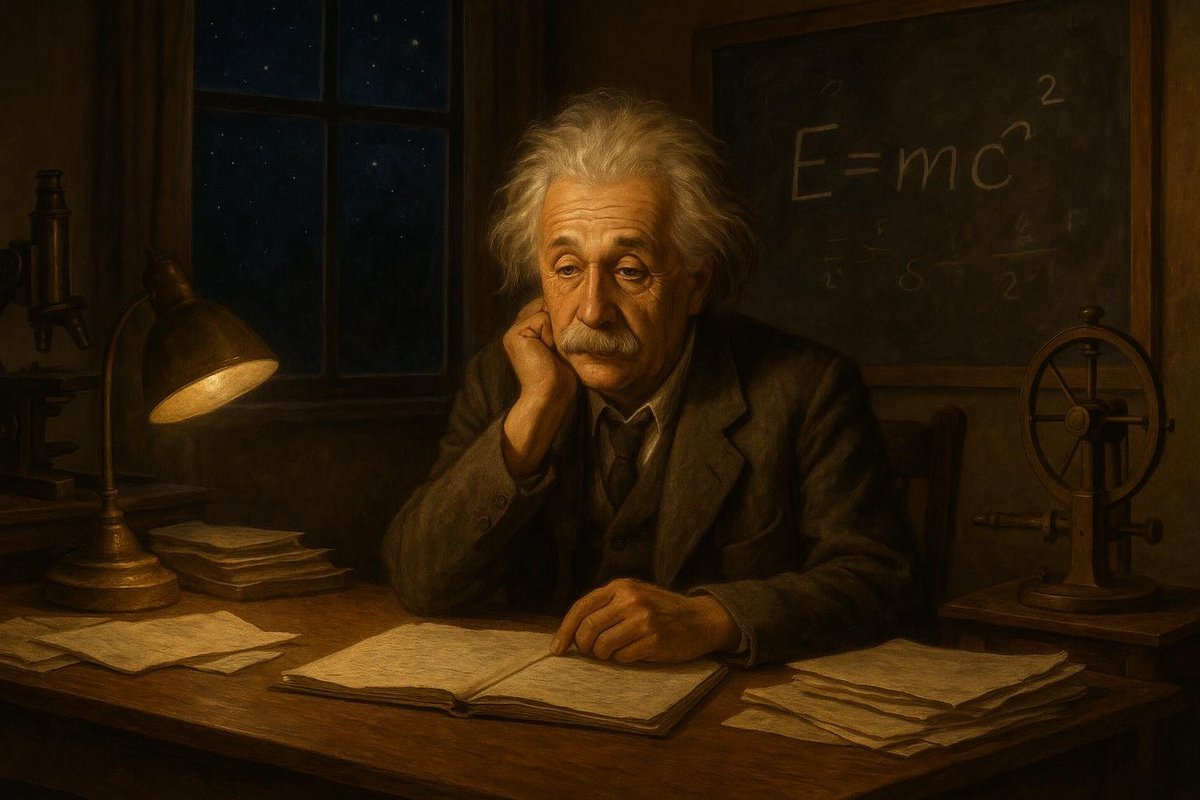
Unveiling the Mysteries of Space and Time
When you synchronize two clocks and then move one of them, what happens? Surprisingly, the moving clock ticks a bit slower. This observation is a real-world consequence of Einstein’s Theory of Relativity, a revolutionary concept that fundamentally reshaped our understanding of space and time. Albert Einstein, through sheer intellectual curiosity and rigorous thought experiments, dared to question the absolutes of Newtonian physics that had been undisputed for centuries. But what exactly drove Einstein to these radical conclusions?
The Problem Context: Newtonian Absolutes
In the 17th century, Sir Isaac Newton established a framework of physics that stood unchallenged for over 200 years. Newtonian physics posited that time and space were absolute—a rigid stage on which the events of the universe played out.
- Newton’s laws suggested that time flowed uniformly, independent of any observer, and space existed as a constant backdrop.
- However, as the 19th century turned into the 20th, several anomalies emerged, particularly in electromagnetism, that Newtonian physics could not adequately explain.
- Scientists struggled to reconcile the behavior of light with Newtonian mechanics, which led to questions about the nature of these absolutes.
No wonder the scientific community was ripe for new ideas. It was in this context that Einstein began to rethink the fundamental notions of space and time, driven by both the inconsistencies in existing theories and a curiosity about the nature of light.
The Theoretical Breakthrough: Einstein’s Radical Vision
In 1905, Einstein published his theory of Special Relativity, which proposed that time and space were not absolute but relative, depending on the observer’s state of motion. This was a seismic shift in scientific thinking.
- Einstein pondered thought experiments, such as imagining riding alongside a beam of light. What would one observe?
- These mental exercises led him to conclude that the speed of light is constant for all observers, a postulate that upended the Newtonian view.
- Interestingly, from this postulate emerged the realization that time could dilate and space could contract, depending on one’s relative motion.
Einstein’s work questioned the very framework upon which centuries of physics had been built. His ability to envision these scenarios without empirical evidence at the time illustrates his unique intellectual style, blending creativity with rigorous logic.
Supporting Evidence: Proving the Unseen
Einstein’s theories, radical as they were, needed evidence. In 1919, during a solar eclipse, British astronomer Arthur Eddington confirmed Einstein’s predictions about the bending of light by gravity—an outcome of general relativity.
- This observation provided empirical support for Einstein’s ideas that gravity could warp space-time.
- Despite initial skepticism, the scientific community began to acknowledge the validity of relativity, which opened new paths in physics.
- Einstein’s equations have since been verified through numerous experiments, such as GPS satellites requiring relativistic adjustments to function accurately.
Of course, not every scientist immediately accepted these concepts, but as time went on, the data spoke for itself, solidifying relativity as a cornerstone of modern physics.
Modern Relevance: Legacy of a Genius
Today, Einstein’s Theory of Relativity remains as relevant as ever, influencing not just physics but our broader understanding of the universe.
- Everyday technology, from satellite navigation to telecommunications, relies on principles derived from Einstein’s work.
- The theory has also paved the way for further exploration into the cosmos, providing the groundwork for concepts like black holes and the expansion of the universe.
- Einstein’s approach of questioning fundamental assumptions continues to inspire scientists and thinkers across disciplines.
Reflecting on Einstein’s legacy, it’s clear that his willingness to challenge the status quo and pursue truth with an open mind remains a powerful lesson for future generations. His journey from thought to breakthrough proves that questioning even the most deeply held beliefs can lead to revolutionary insights.
Fuel Someone Else’s Curiosity
If you’ve found Einstein’s journey through space and time intriguing, why not share it with others? Sparking curiosity is one of the most rewarding gifts you can offer. Pass along this article to a friend, or start a conversation about how questioning norms can lead to incredible discoveries. You never know where a single spark might lead!

Leave a Reply